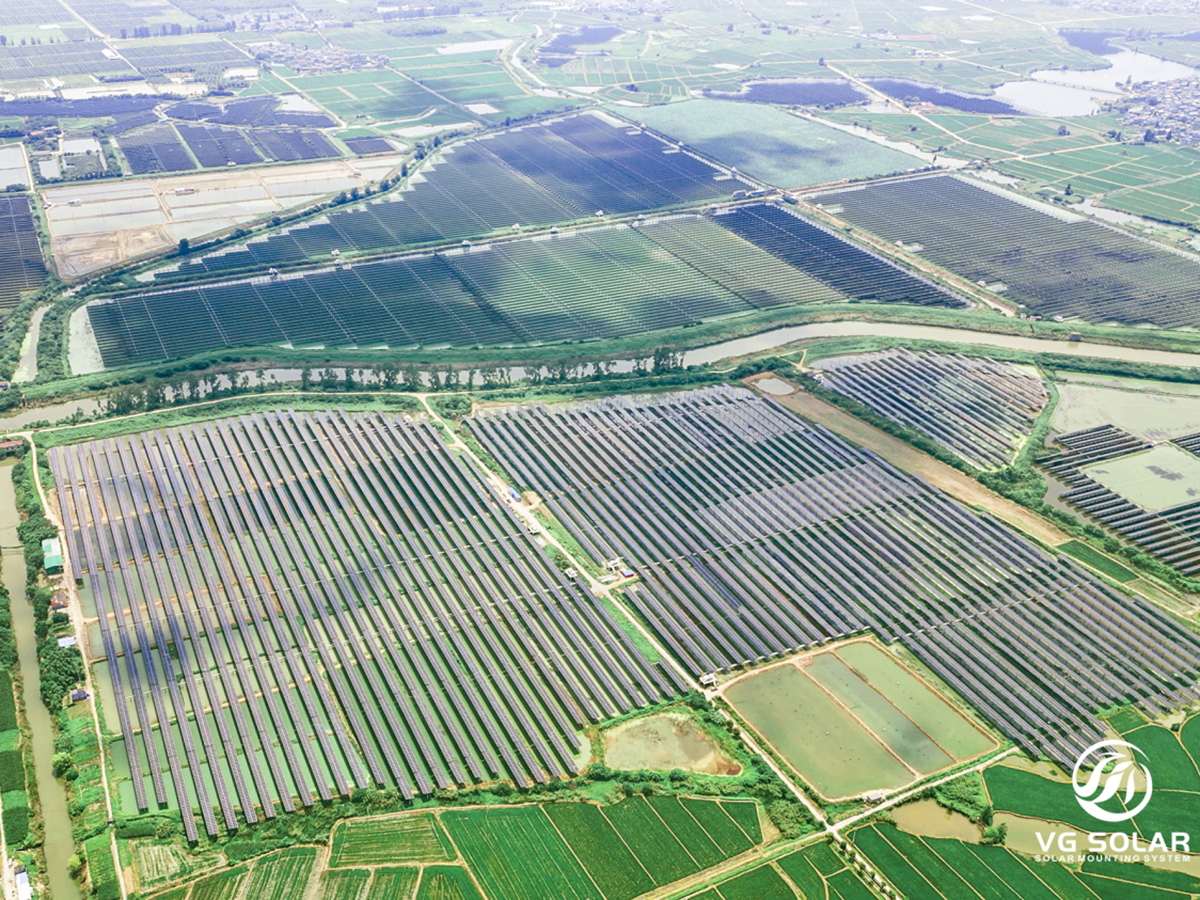In the ever-evolving renewable energy landscape, photovoltaic (PV) technology has made significant strides, particularly in the area of solar power generation. One of the most notable advances has been the development of photovoltaic tracking systems, which are gradually replacing the traditional fixed brackets in solar power plants. This shift is not just a trend; it represents a fundamental change in the way solar energy is harnessed, leading to reduced costs and increased efficiency.
Photovoltaic tracking systems are designed to follow the sun's path throughout the day, optimising the angle of the solar panels to capture maximum sunlight. Unlike fixed mounts, which remain stationary, these advanced systems adjust in real time to ensure that solar panels are always positioned at the optimum angle. This capability allows power plants to generate significantly more electricity by making better use of the sun's energy throughout the day.

The efficiency gains from using photovoltaic tracking systems are significant. Studies have shown that these systems can increase energy production by 20% to 50% compared to fixed installations. This increase in energy production translates directly into cost savings for power plants, as more energy can be produced without a proportional increase in operating costs. In a world of volatile energy prices and increasing demand for renewable energy, the economic benefits of tracking systems are compelling.
In addition, photovoltaic tracking systems are equipped with auto-adaptive features that enhance their performance, particularly in severe weather conditions. For example, during storms or high winds, these systems can automatically reposition the solar panels to minimise the risk of damage. This self-protection capability ensures that the components of the solar power plant are protected, reducing maintenance costs and extending the life of the equipment. By mitigating the effects of adverse weather conditions, tracking systems not only protect the investment, but also ensure a more reliable energy output.

As the global energy landscape shifts towards sustainability, the use of photovoltaic tracking systems is becoming more widespread. Power plants are recognising the long-term benefits of these systems, not only in terms of efficiency and cost savings, but also in their ability to contribute to a more resilient energy infrastructure. The move from fixed mounts to tracking systems is not just a technological upgrade; it is a strategic move to maximise the potential of solar energy.
In addition to the economic and operational benefits, the environmental impact of deploying photovoltaic tracking systems is significant. By increasing the efficiency of solar power generation, these systems contribute to a greater share of renewable energy in the overall energy mix. This shift is crucial in the fight against climate change, as it helps to reduce dependence on fossil fuels and cut greenhouse gas emissions.
In conclusion, the gradual replacement of fixed mounts with photovoltaic tracking systems marks a significant evolution in solar power technology. These systems not only improve energy production and reduce costs, but also provide protective features that ensure the longevity of solar components. As power plants increasingly recognise the benefits of real-time tracking of sunlight, the photovoltaic tracking system will become the preferred choice for solar power generation. The future of solar power is bright, and advances like these are making it more efficient, cost-effective and environmentally friendly.
Post time: Nov-23-2024
